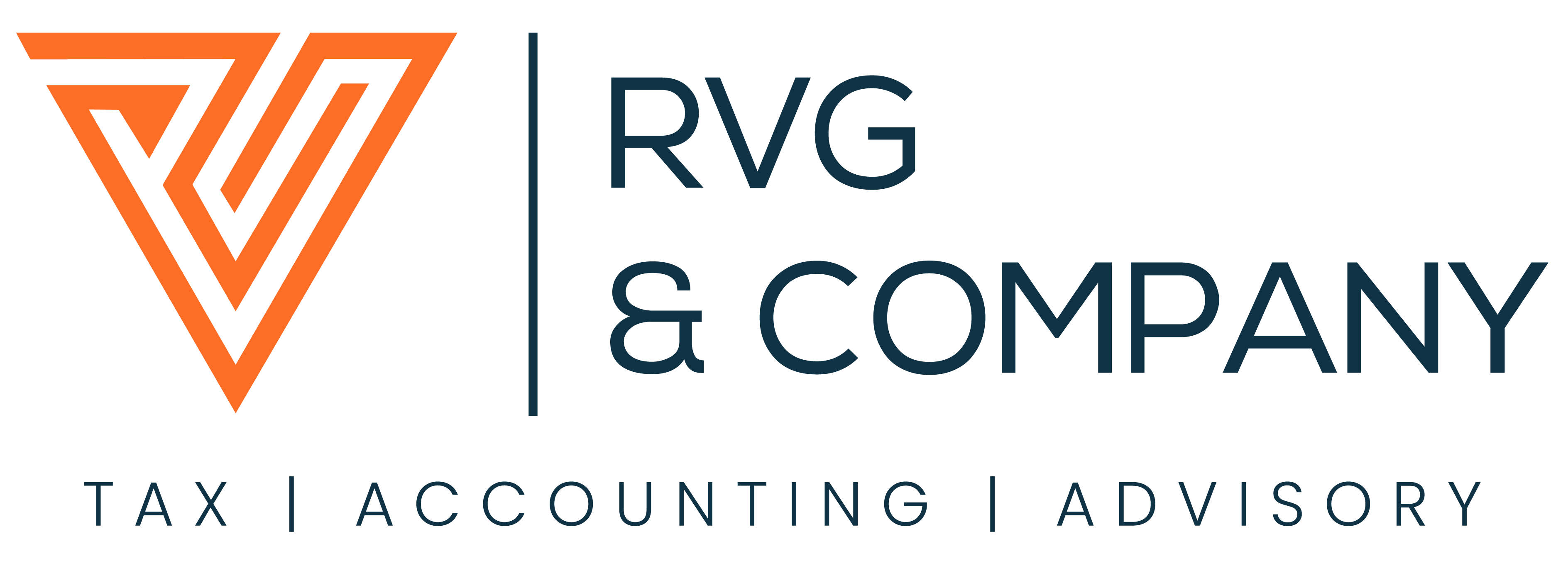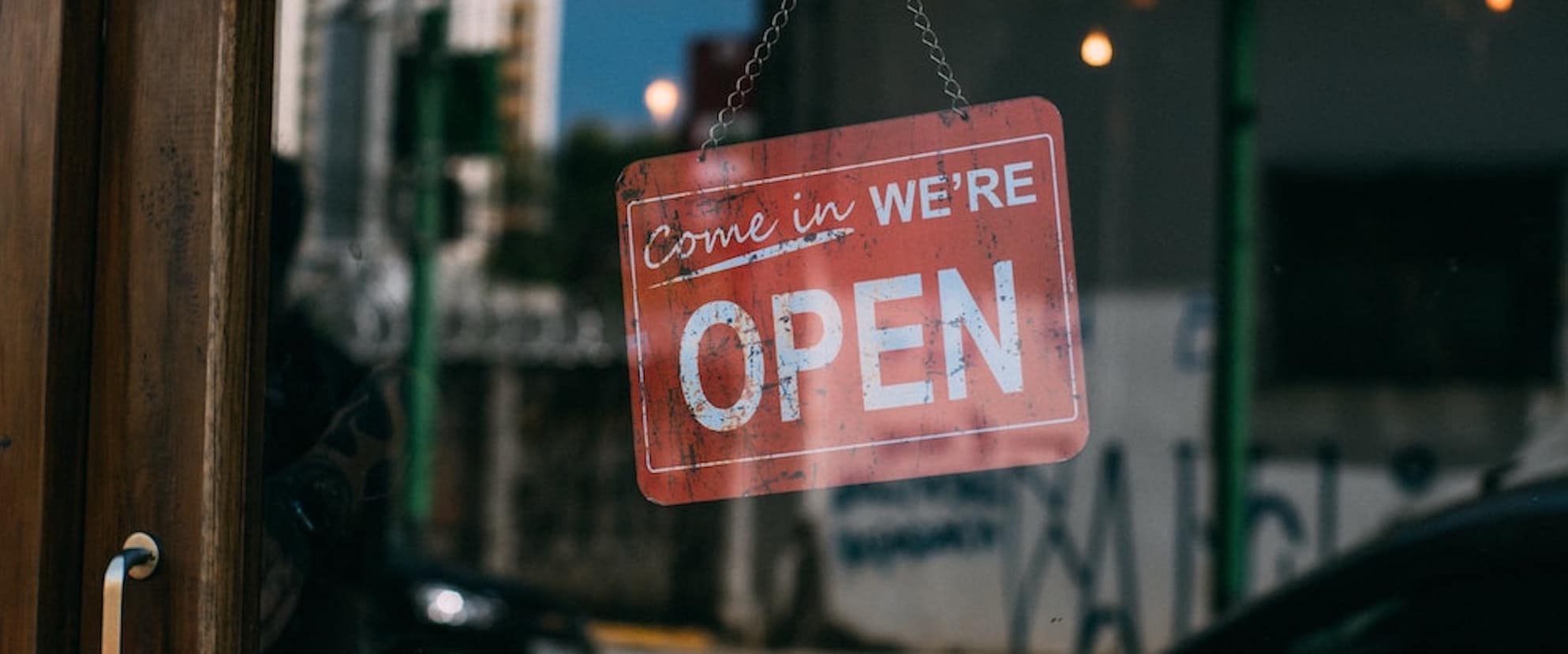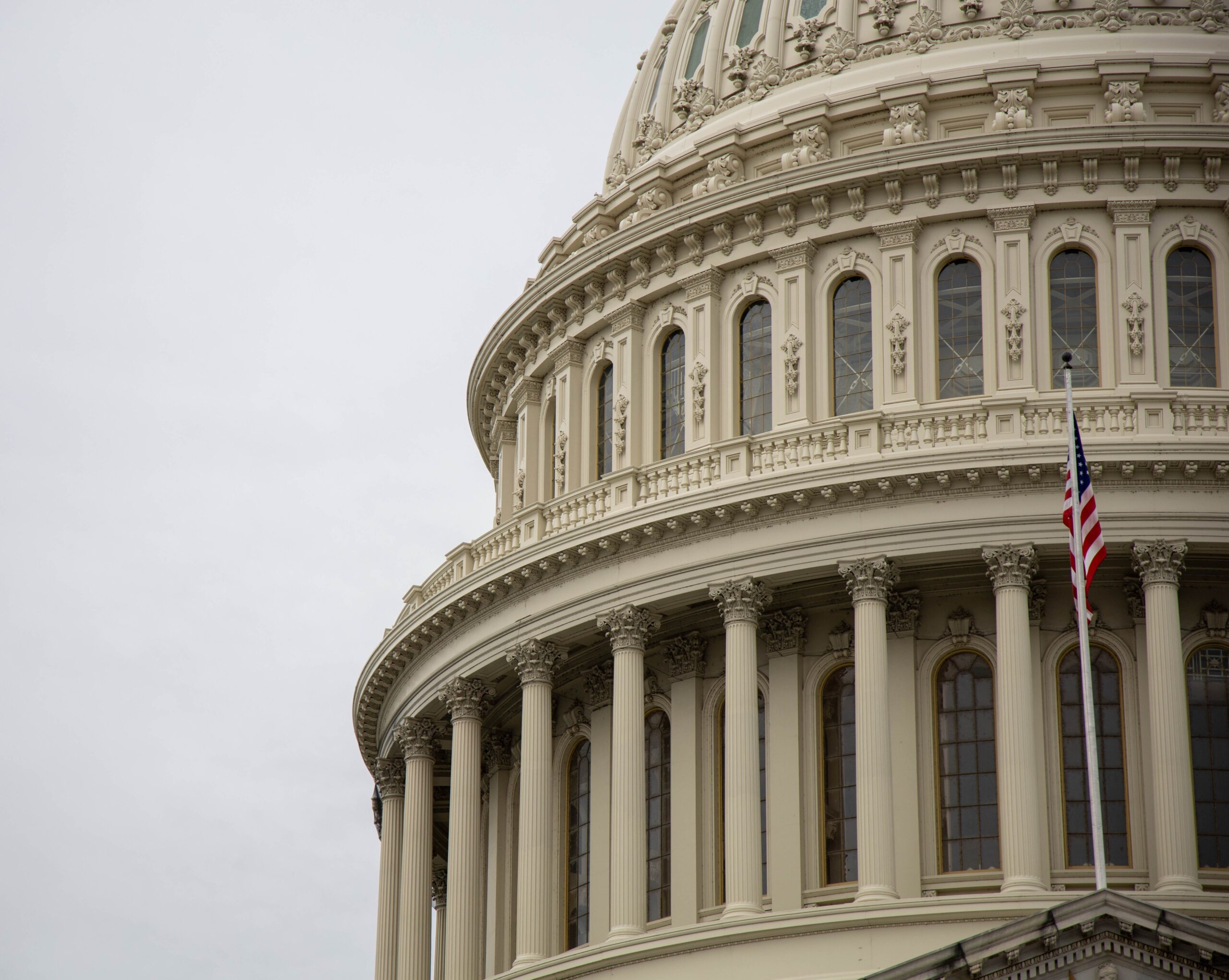As your trusted advisors, our goal is to help you respond to the impacts and challenges you or your company faces during periods of uncertainty. We continue to monitor closely the effects that COVID-19 is having on our economy, families and businesses; and moreover, what it means to you in the long run. As our government provides assistance through tax breaks, filing extensions and other incentives, please be aware that we are actively monitoring and researching the latest developments in order to better support you.
This is a summary of various relief provisions available through the Federal Government and the State of Florida. At the time we went to press with this Congressional legislation is still being finalized.
Federal Provisions
The Small Business Administration (SBA) and Internal Revenue Service (IRS) have provided the following relief items:
IRS – Tax Payments Extended
Following President Trump’s declaration of a national emergency, the Secretary of the Treasury announced that individuals and corporations can defer tax payments for 90 days. These are the limits:
- Individuals can defer up to $1 million
- Corporations can defer up to $10 million
The individual tax filing deadline has not been changed, but taxpayers may file Form 4868 – Application for Automatic Extension of Time to File Individual Tax Return. This form extends the filing date by 6 months – until October 15th.
SBA – Disaster Loan Assistance
Florida has not been declared an Affected State at this time; however, a nation-wide declaration is anticipated to be made by the President and SBA. The relief available in declared states is as follows:
- Economic Injury Disaster Loans (EIDLs) – Working capital loans to help small businesses meet business needs during a disaster to overcome the temporary loss of revenue.
- The EIDL limit is $2 million- The SBA will determine the size of the loan for each applicant.
- The interest rate will not exceed 4%
- Applications can be made online: SBA.gov/disaster
Congressional Measures Passed by the House (H.R. 6201) awaiting Senate Passage – Tax Credits
The Families First Coronavirus Response Act (Act) passed by the House provides support for Americans during the COVID-19 pandemic. Parts of the Act provide medical leave benefits, paid sick leave benefits and employer and self-employed tax credits, and an exclusion from FICA with respect to these benefits. Details will be final upon Senate passage. Here is what is known in the House Bill:
- Employer Tax Credits – The Act will provide tax credits to employers to cover wages paid to employees while taking time off under sick leave or family leave. The proposed credit is $511 per day for an employee for the employee to care for themselves or $200 per day to care for a family member. Limitations on the amount of the credit are being developed.
- Comparable Tax Credit for Self-Employed – The Act will provide a credit against the self-employment tax to cover 100% of the individual’s sick leave or 67% of the individuals sick leave equivalent if they are taking care of a family member. The $511 and $200 limit for employers will apply to self-employed individuals. Limitation on the amount of the credit are be developed.
- Employer FICA Exclusions – Sick leave and family leave paid under the Act will not be subject to wages subject to FICA.
State of Florida Relief Provisions
Florida Small Business Emergency Bridge Loan Program – The program will provide short-term interest free loans that are intended to bridge the gap between the time a major catastrophe occurs and when a business can secure longer term recovery resources – such as – federal assistance from the SBA, insurance claims or sufficient revenue from operations.
- The loan limit is $50,000
- The state has allocated $50 million to the program
- Interest free for 1 year (repayment beyond a year is possible with interest)
- Loan requirements and application are made online with the Florida Small Business Development Center at Disaster@floridaSBDC.org or call (866) 737-7232.
Florida Business Damage Assessment Survey
Florida businesses are encouraged to complete this survey for the state to assess the economic damage related to COVID-19. The survey is not a loan or grant application but is related to determine the disaster impacts in Florida.









